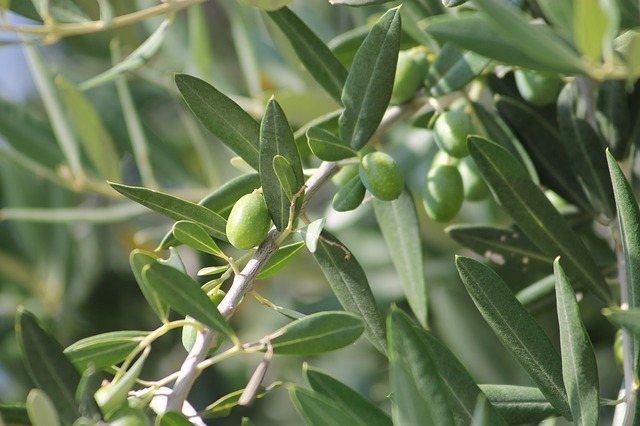December 15, 2017
California Olive Ranch (COR), the largest olive oil producer in the U.S., has raised $35 million through a funding round that marks the largest round ever raised in the domestic U.S. olive oil category. The round was led by a “major U.S.-based institutional investor” and included existing investors in the company.
Founded in 1998, COR has grown to manage 14,000 acres of olive groves across Northern California, and in 2015, produced 65 percent of all olive oil product in the U.S. Seeing itself as a disruptor of the centuries-old olive oil industry, COR has developed innovative planting, harvesting, and handling processes through which the olives it produces are never touched by human hands before being delivered to COR’s mill that has the capacity to press 3,200 gallons of olive oil per hour.
With this fresh capital, COR plans to double its acreage, expand its milling infrastructure in California, create jobs in its harvesting, production, and administrative divisions, support family farms in planting more olive trees, and to expand into the production of organic olive oil.
“With the support of our investors, this round of funding supports the planting of new acreage for California Olive Ranch, but is also an investment in the future of olive oil,” said COR President Gregg Kelley. “This investment will accelerate the future of the American olive oil movement, innovate our sustainable harvesting methods and revolutionize our production technology.”
Sustainability and Regenerative Ag
When COR began operations in 1998, its groves were irrigated and nitrogen was applied, just as other permanent crops such as almonds would require. However, it soon became evident that these methods would produce tall trees with low yields, while dryer conditions and less inputs resulted in better crop output as olives require less than half the minimum amount of water required by almonds.
COR continued to hone its production methods, aggressively pruning their trees to be low and bushy at between six and 10 feet tall, enabling technologies used in grape growing to be integrated for an easier and more rapid harvest, and cutting the time from tree to oil in a bottle to approximately six hours.
The company also has set a goal to be the largest permanent crop operation to adopt a regenerative agriculture approach to production, developing scalable methods for the reduction of its carbon footprint. Employing management systems that “work with the land”, Olive Oil Times reports that the company said that it recycles 99 percent of its waste through the reuse of the pomace as cattle feed; trimmings as compost on groves; and water for irrigation. Being located in California, water is a main concern for the company, which uses real-time sensors in its groves that alert managers to irrigate only when necessary, and which has installed milling machinery that requires less water.
Filling the Void
The U.S.market accounts for 10 percent of total global olive oil consumption, however domestic production can meet less than five percent of this demand. These numbers reflect a market prime for disruption by domestic producers who have seen production increase from one percent of market demand in 2011 to about 5 percent for the 2016 season, according to the American Olive Producers Association.
Helping this growth is the fact that due to a lack of oversights for the olive oil industry, cases of product fraud have been increasingly uncovered. The vast majority of olive oil consumed in the U.S. is imported from Europe, however, 69 percent of imported olive oils labeled as “extra virgin” did not meet the standards of the International Olive Council and the U.S. Department of Agriculture (USDA), according to the UC Davis Olive Center.
It is this void in supply of authentic, high quality oil that COR is looking to fill, and furthering its mission, is looking to fill in a sustainable manner.
-Lynda Kiernan

Let GAI News inform your engagement in the agriculture sector.
GAI News provides crucial and timely news and insight to help you stay ahead of critical agricultural trends through free delivery of two weekly newsletters, Ag Investing Weekly and AgTech Intel.




